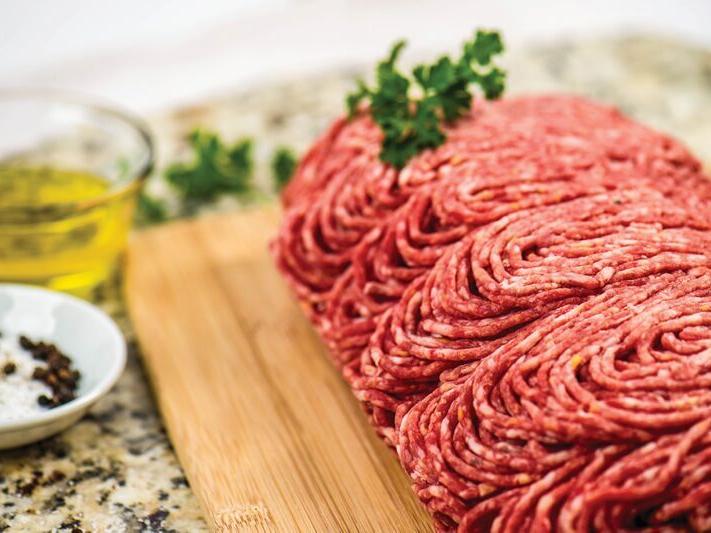
ANTHONY, New Mexico (KTSM) — Every day, cattle can be seen being loaded and unloaded off of trailers at the Vaquero Trading stockyard in Anthony, New Mexico.
“This is what they call stockyards,” said John Hudgens, executive livestock consultant at Vaquero Trading. “So we buy cattle from different ports, from Arizona all the way to McAllen.”

Vaquero Trading buys cattle from Mexico across 11 ports of entry.
Every day, about 600 to 700 head of cattle arrive at the stockyards, and about 300 leave. However, Vaquero Trading told KTSM 9 News that many more are being shipped directly to the buyers from the ports of entry.
“This is kind of a center point where we bring cattle that don’t go straight out from there, they come here,” Hudgens said.
Every day, the cattle keep coming, but COVID-19 slowed the process of moving them out.
“The last couple of months when all the COVID infections hit the packing plants,” said Alvaro Bustillos, CEO of Vaquero Trading, “We got very backlogged, some of the feed yard industries got backlogged on their cattle shipments.”

Meanwhile, people ran to the grocery stores and cleared meat off the shelves during shutdowns.
“People were very worried ’cause they ran into some of these panics to the supermarkets and bought all this beef,” Bustillos said.
With an excess of backlogged cattle in the market, the cattle value decreased, according to Vaquero Trading. All while the demand at grocery stores increased. Vaquero Trading said it wasn’t the ranchers and producers making the money.
“The margin was kept between the packer and the retail market and, we as producers and holders of the cattle, we were very affected,” Bustillos said.
The New Mexico Beef Council says despite all the challenges COVID-19 posed to the beef industry — and prices being a bit higher for consumers — there are plenty of beef products available.
“Retail price of beef in September just a couple of months ago was $6.37 per pound and that is 6.1 percent higher than in September of 2019,” said Dina Reitzel, executive director of the New Mexico Beef Council.
However, Reitzel told KTSM 9 News that prices are starting to go back down.
“In June, it was higher, and in September, it was lower because what we’re starting to see is that bottleneck decrease, so more beef is going through and more beef is getting out there,” Reitzel said.
Vaquero Trading said there is no need to worry about a beef shortage and no need for panic buying, saying they never stopped working and learned to adapt and overcome the challenges caused by the pandemic.
“There’s going to be enough beef for the whole country,” Bustillos said.
Latest Headlines
The Link LonkNovember 26, 2020 at 02:53AM
https://ift.tt/2KHOTgj
Local cattle industry overcomes pandemic challenges, supplies nation with beef - Border Report
https://ift.tt/2RxTDX4
Beef

No comments:
Post a Comment